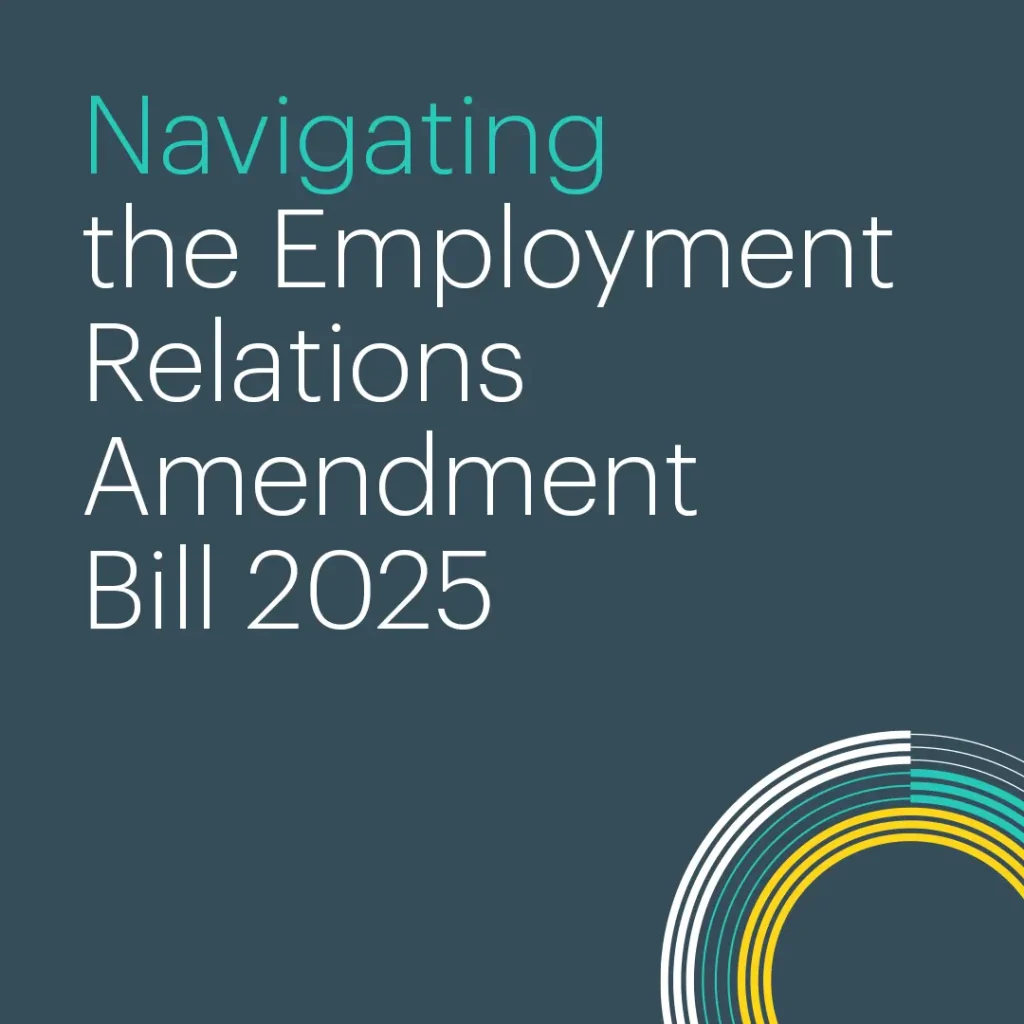Voluntary redundancy has been widely offered as part of the change proposals that are being reported in the public sector. But what are the pros and cons of voluntary redundancy?
Voluntary redundancy is a tool often utilised when an organisation needs to make cost savings fast and has identified reduction of headcount as an option to do so.
It has been widely reported that New Zealand’s public sector has been offering voluntary redundancy to workers within certain areas of their organisation to assist the organisation with finding savings between 6.5 and 7.5%.
While there may not be support for a proposal for change in the first place, Unions have publicly backed the opportunity for their members to be offered voluntary redundancy by public sector agencies as a first option as it allows employees to “make their own decisions about their future”.
Voluntary redundancy is also useful to utilise as part of a selection criteria, when there are multiple people performing the same position. It can be difficult to create objective selection criteria which achieves the desired outcome for organisations. Utilising voluntary redundancy as the first consideration before selection criteria provides organisations the opportunity to reduce as many numbers as possible before relying on the selection criteria to provide the strategic outcome.
To ensure that voluntary redundancy doesn’t create gaps in an organisation, employers should consider ring-fencing the option. For example, the Ministry for the Environment has asked for “expressions of interest” in redundancy, which allows the agency to retain full discretion over whether they accept expressions of interest for certain roles or individuals.
However a downfall of voluntary redundancy is that there can be a cost associated to it. For example it is not uncommon in the public sector for employees to be entitled to redundancy compensation, RNZ recently found the average redundancy or termination payment for a public servant is about $50,000. For those organisations that provide redundancy payments, it can often mean a short-term dent in their budgets to fulfil their longer-term strategy to save costs.
The option to take redundancy can also result in skilled and long-term employees leaving the organisation, who may not have been made redundant had a selection criteria been applied. Employers regularly apply selection criteria which take into consider tenure, overall experience and attendance rates when deciding who should be selected into the remaining positions.
When it comes to creating the strategy for change, employers should be mindful about their objectives and the subsequent impacts that can come with any outcome.
Here at Three60 Consult we can assist organisations with developing their strategy for change and delivering it. Get in touch if you would like to learn more.









